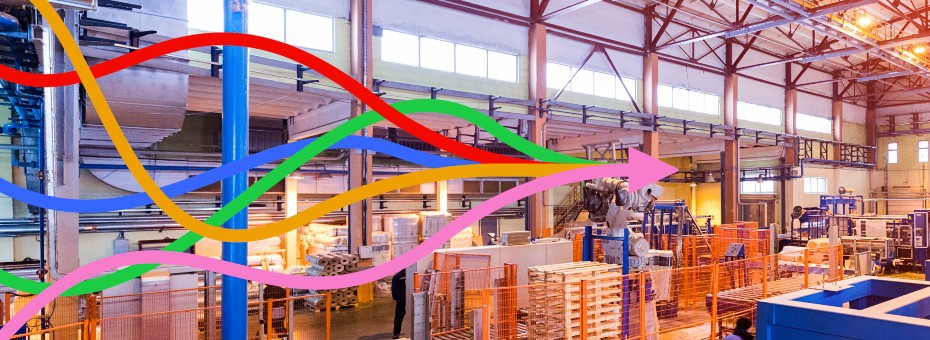Be among the first to get the latest insights from LEI’s Lean Product and Process Development (LPPD) thought leaders and practitioners. Subscribe to The Design Brief, LEI’s newsletter devoted to improving organizations’ innovation capability.
It was one of those rare days for November in Michigan — the sun was shining. It was the day that we were going to perform our first collaborative trial–run on a process that would soon launch into full production.
Production readiness runs were old hat to us, but this one was different. The day’s activities were part of an improved launch readiness process with the goal of hitting all our quality, delivery, cost, and productivity targets on the first day of full-rate production. With our old process, our reality could be described as “launch and fix.” Of course, we always hit our customer’s quality and delivery targets, but at a very steep cost.
All of the functional areas were at the line:
- Program Management and Launch Readiness
- Product and Process Engineering
- Operations
- Production Control & Logistics
- Skilled Trades / Maintenance
- Purchasing
- Quality
- Key Suppliers and Others
Everything was ready: The line was staffed with 18 operators and stocked with enough parts to build 150 assemblies. Still, things immediately went wrong.
First, the line had the wrong fixtures installed. Eighteen operators sat for 30 minutes while skilled trades swapped out the fixtures. With that corrected, the line ran for a little over an hour while the rest of us watched. When the build was over, we moved to the main conference room to debrief our successful run. Or so we thought.
Second, we failed to capture the metrics we’d planned to collect. The plan had called for us to determine success objectively. We were to fill out a scorecard, which would calculate the leading indicators of the launch’s ultimate success. However, despite the crowd watching the build, only a few metrics were captured and certainly not enough to fill out the scorecard. Without the metrics, we could not determine whether we were on target at this stage in the program. We had squandered our chance to understand. I stared out the window, thinking, “I’d rather be outside in the cold, sunny weather rather than sitting in here.”
Implicit in the LPPD guiding principle of “It’s a Team Sport” is the concept of collaboration. On that sunny November day, we thought that we were collaborating, but we fell into the trap of thinking that co-located team members equaled collaboration. There are other versions of this equation:
- Co-located files = Collaboration
- Cross-functional = Collaboration
- Communication = Collaboration
And this list goes on. Our experience tells us that collaboration requires a clear purpose, a clear process, clear expectations, and clear support.
- Clear purpose: What is the reason for the collaboration? What’s the business case or business need? Without alignment on the purpose and its underlying importance to the organization, the collaboration will fail. The scope will start to change, or other priorities will take precedence.
- Clear process: How will the collaboration take place? What are the steps? What is the timing? Who is responsible for what? We all know that parts don’t assemble themselves. We can’t just throw them in a box, drop them off at UPS, and hope they “shake” themselves together on the way to their destination. Yet, when we throw people together without a clear process to work together, we essentially do the same thing.
- Clear expectations: What is the specific goal or outcome we are striving for through this collaboration? Our purpose in the trial-run example was to contribute to improved launch performance for the corporation, but that day we needed to achieve a scorecard rating of at least 50%.
- Clear support: Problems will arise that the team cannot handle on their own. In those cases, what is the escalation process, including who and when?
Reflecting on that sunny day long ago, we learned a valuable lesson about true collaboration. We all understood the purpose, the expectations, and there was a robust support structure. What we lacked was a well-defined process for doing a trial run. Once we put this critical process for running trials in place, true collaboration began to happen.
Designing the Future
An Introduction to Lean Product and Process Development.






